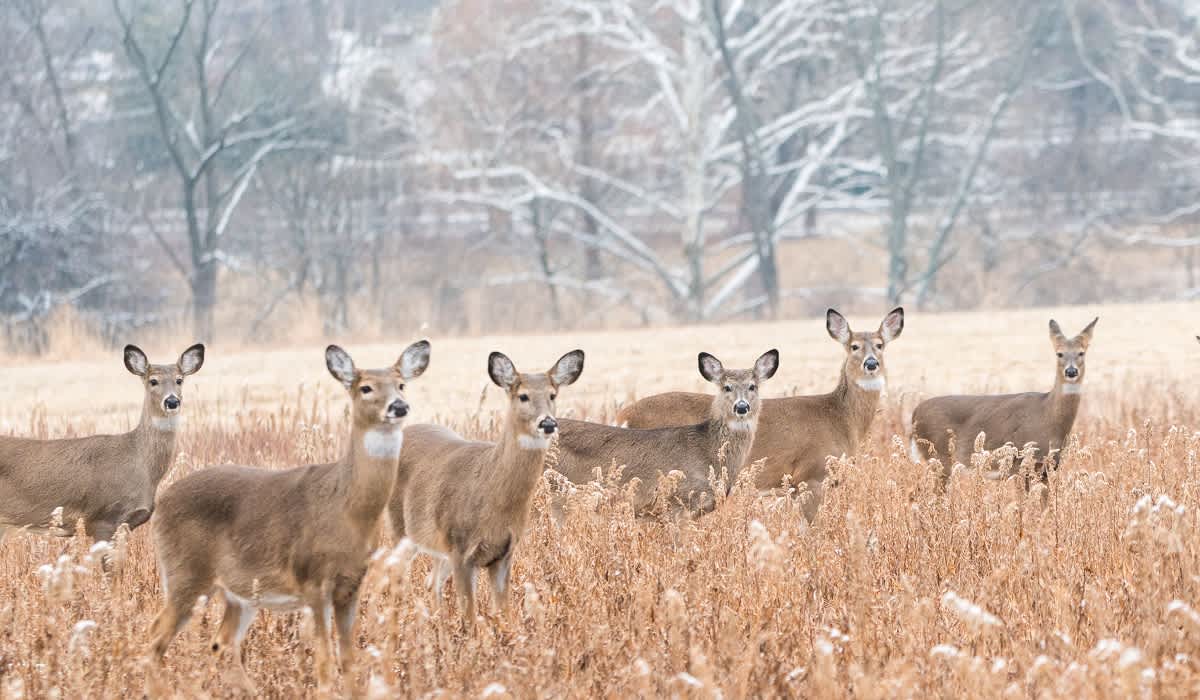Minnesota Governor Proposes $4.5 Million Funding Package to Fight CWD in the State
OutdoorHub Reporters 03.04.19

In an effort to stomp out the issue of chronic wasting disease in the state, Minnesota Governor Tim Walz has put forward a funding package that would provide a little over $4.5 million to fight CWD – which, for the first time, has been identified in northern Minnesota.
Until now, the disease was only recognized in areas of southeastern Minnesota. But last month, officials with the Minnesota Department of Natural Resources confirmed a CWD infected deer in Crow Wing County.
According to KNSI News, Governor Tim Walz is asking for $4.57 million over the next two years to help battle the fatal disease. In addition, Walz is proposing “$208,000 in 2020 and $529,000 starting in 2021 to the Board of Animal Health to improve their monitoring and practices surrounding farmed deer and chronic wasting disease.”
“As a lifelong sportsman, I know how urgent this issue is for Minnesotans,” Gov. Walz stated. “The Minnesota DNR is working hard to contain chronic wasting disease. This critical funding would help ensure they have the best tools and resources at hand to maintain deer health and management across the state.”
How To Identify CWD In Wild Animals
While it is not believed to be harmful to humans, you should remain cautious if you believe an animal is infected with the disease. CWD primarily affects the brain of the animal, which external symptoms will reflect.
The earliest signs that an animal may be infected with the disease is difficulty moving. If you notice an animal that seems to be walking awkwardly and unusually, it is possible that they are infected with the disease. Animals will also suffer significant weight loss over time.
Later stages of the disease will surface in less physical ways and more so in the way the animal interacts (or doesn’t interact) with the rest of its kind. If an animal is affected by CWD, they will likely interact less with their herd, moving in a sluggish and nervous manner. They typically keep their heads down, walk in repetitive patterns, and might even have tremors. Other symptoms include grinding of the teeth and excessive salivation. They are also likely to have increased drinking and urination, which leads to further spreading of the disease as they infect popular drinking spots.

